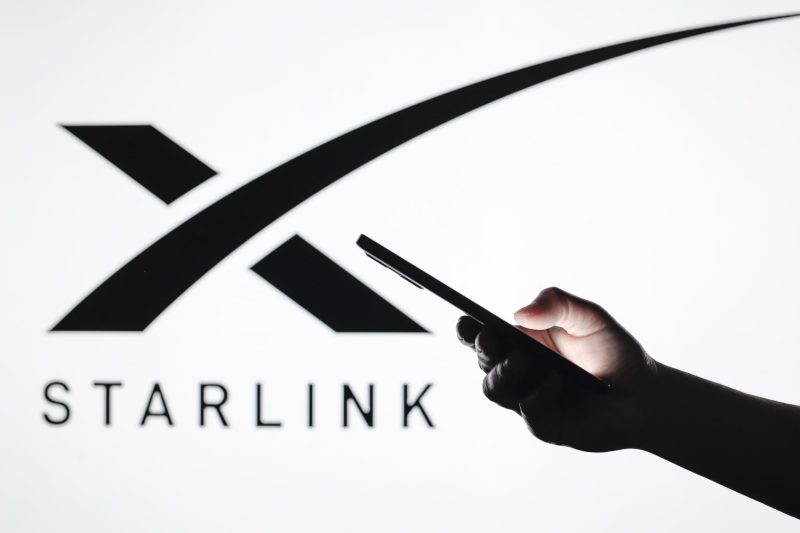
Elon Musk’s Starlink Shines Bright: Internet and Politics in Storm-Stricken Zones
Elon Musk’s Starlink: A Game-Changer in Disaster Relief Efforts
The aftermath of natural disasters often leaves affected areas in dire need of immediate support and resources. In recent years, the advent of new technologies has played a crucial role in improving disaster response and recovery efforts. One such technology that has garnered significant attention is Elon Musk’s Starlink satellite internet service. Starlink, a project developed by SpaceX, aims to provide high-speed internet access to underserved and remote areas around the world. This innovative technology has not only revolutionized the way we think about internet connectivity but has also played a vital role in aiding disaster-stricken areas.
Following the devastating impact of hurricanes, wildfires, and other natural disasters, access to communication and information becomes a lifeline for affected communities. Traditional communication infrastructure such as cell towers and landlines are often damaged or rendered inoperable during such events, leaving residents isolated and disconnected from the outside world. In these critical moments, Starlink has emerged as a beacon of hope, providing uninterrupted internet access to individuals and first responders in disaster zones.
The key advantage of Starlink lies in its satellite-based architecture, which allows for fast deployment and widespread coverage, regardless of geographical challenges. In storm-ravaged areas where the existing infrastructure is severely compromised, Starlink satellites can swiftly establish a reliable internet connection, enabling residents to communicate with their loved ones, access emergency services, and stay informed about evacuation procedures.
Moreover, the versatility of Starlink makes it a valuable asset for disaster response teams and humanitarian organizations operating in remote or inaccessible regions. By leveraging the network capabilities of Starlink, these entities can coordinate relief efforts, assess the extent of damage, and deliver aid to those in need more efficiently. The real-time connectivity provided by Starlink enables swift decision-making and enhances the overall effectiveness of disaster response operations.
Beyond its technical capabilities, Starlink has also sparked discussions surrounding the intersection of technology and politics in disaster relief efforts. The fulfillment of basic needs such as access to communication and information is often politicized in the aftermath of disasters, with debates arising over the allocation of resources and the responsibility of governments and corporations in providing assistance. Starlink’s entry into the realm of disaster response has raised questions about the role of private entities in filling gaps left by traditional government agencies and the implications of relying on commercial solutions for critical services.
As Elon Musk’s Starlink continues to expand its reach and impact, the need for clear guidelines and collaboration between public and private sectors in disaster management becomes increasingly evident. By harnessing the potential of innovative technologies like Starlink, we have an opportunity to create more resilient and responsive systems that can mitigate the impact of disasters and support communities in their path towards recovery.
In conclusion, Elon Musk’s Starlink represents a new frontier in disaster relief efforts, offering a lifeline of connectivity to those affected by natural calamities. With its ability to provide reliable internet access in even the most challenging environments, Starlink has the potential to revolutionize the way we approach disaster response and recovery. However, as we embrace this technological advancement, it is crucial to address the broader implications of private sector involvement in public service delivery and work towards comprehensive strategies that prioritize the well-being of all individuals in times of crisis.
